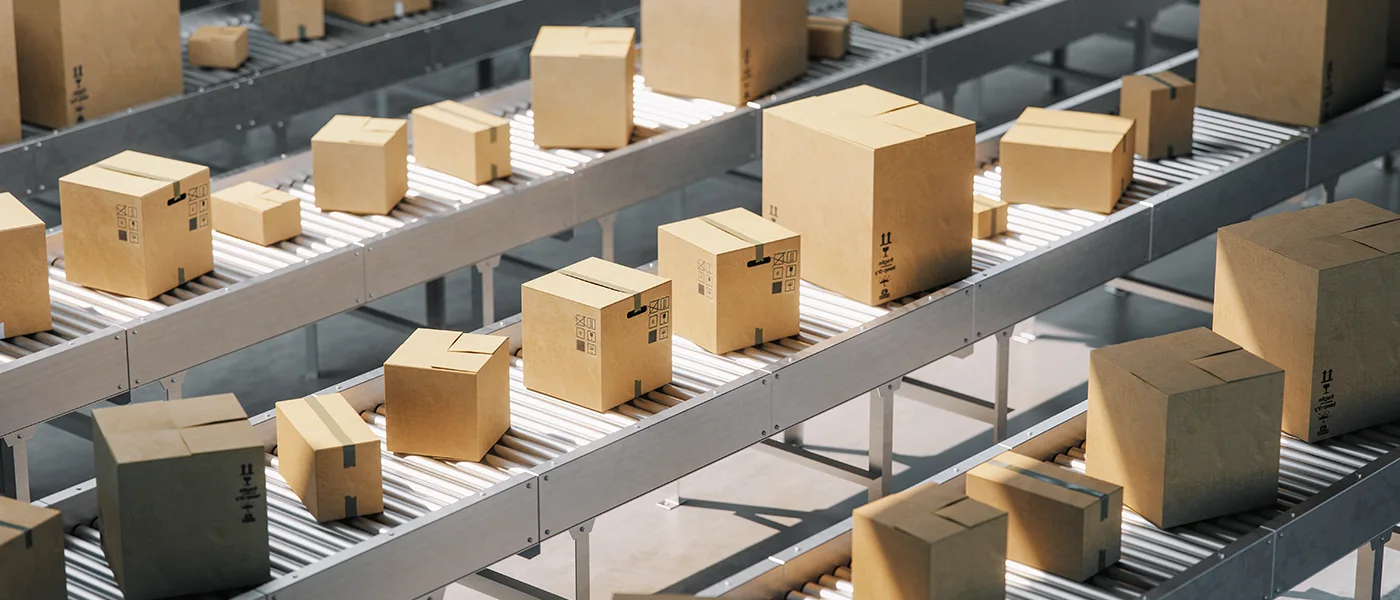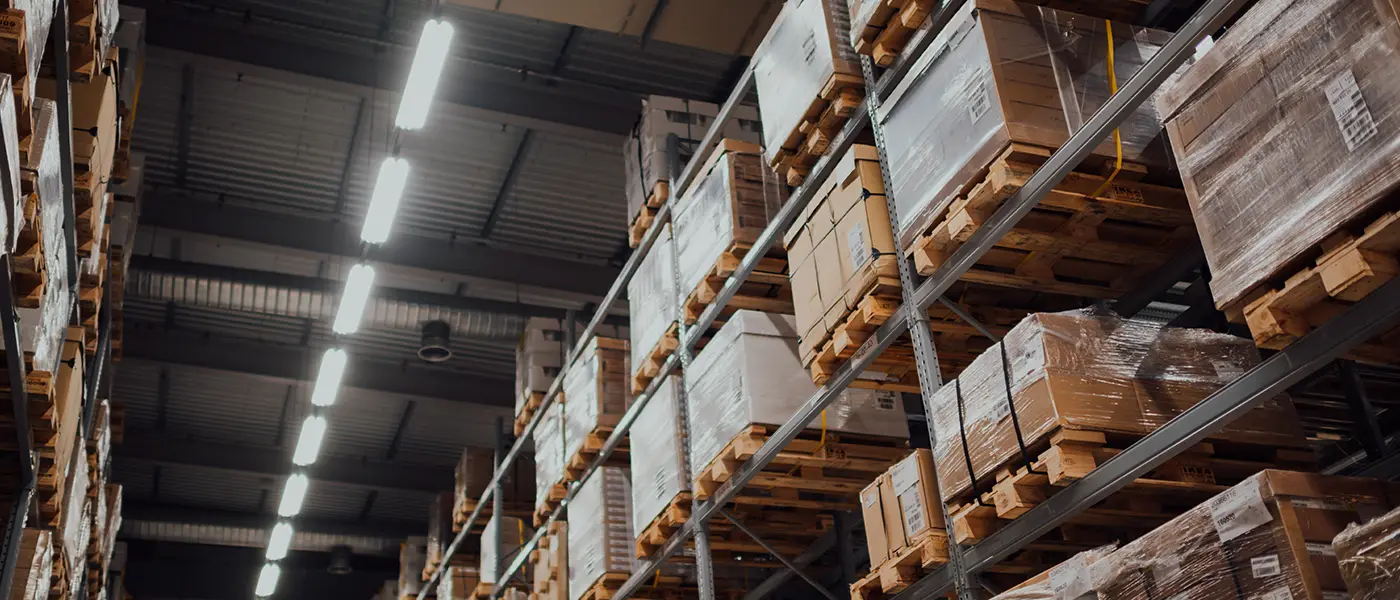A report suggests that the e-commerce Philippines market will reach $24 billion by 2025. In June 2022 alone, the country imported goods valued at USD 12.49 billion globally. This nation’s major high-volume import and export partners are China, Indonesia, Singapore, the Republic of Korea, and Japan.
The demand for imports and export is relatively high in the Philippines but following several rigorous procedures is mandatory. The import and export business somewhat depends on many factors, ranging from clearances to choosing the right delivery partner. Let us look into the essential procedures which can ease your import process.
Setting up Your Business – Getting a Philippine Registration

Ideally, there are 5 steps in getting a Philippine registration done.
1. Registering Your Company Name with SEC
You can create an online account using the Securities and Exchange Commission(SEC) website to register your company name. The offline process is also simple; you must visit the SEC’s office in Mandaluyong and approach the Name Verification Unit.
2. Submission of Documents to SEC
You have to submit the Articles of Incorporation(AOI) document, which contains the company name, its office place, purpose, incorporators, and the amount and share of capital stock.
By-laws provide guidelines for the internal management of the corporation. It contains the board directors, management structure, shareholder and board meetings, and many more.
Get the Treasurer’s Affidavit of the corporation, which states the subscription of the required capital stock and payment of the necessary amount of the subscribed stock.
3. Get Business Permits from Local Government Units(LGUs)
Get the approval of the local Barangay where you want to set up your corporation. From the Mayor’s Office, get the Mayor’s permit done and also secure the business permit from the Business Permit and Licensing Office (BPLO).
4. Register with the Bureau of Internal Revenue (BIR)
You must submit relevant documents and register your new company name with the BIR for your tax requirements.
5. Registering Employees with Government Agencies
You have to register yourself and your employees with relevant government agencies. For social security, register with Social Security System (SSS), for health insurance, register with Philippine Health Insurance Corporation (PhilHealth), for income tax, record with the Bureau of Internal Revenue (BIR), and many such.
Choose Your Overseas Supplier
After registering your business, the next step is choosing the right overseas supplier. This can raise a lot of issues ranging from language differences to payment methods. But if you follow simple strategies and plan a little ahead, these issues can be easily resolved.
Firstly, research and shortlist the potential overseas suppliers. Ask them for a quote and other related documents. Check among the suppliers’ list who can meet high standards and date consistency within the right price. If possible, visit the suppliers to inspect their operations and make rigorous inquiries about compliance, manufacturing practices, and reliability.
To avoid financial risk, consult your bank to know the financial status of the overseas supplier you want to opt for. Choose the option that ticks most of your boxes. After you enter an agreement, do not forget to check your supplier’s regular performance.
Receive a Sample Product and Quality Check
After an agreement with the overseas supplier, ask for a sample product to make a quality check. It is a fundamental process, as approving a shipment with defective products can seriously provide a dent in your business and tarnish the company name.
Follow some general steps to achieve this seamlessly:
- Avoid the cherry-pick samples provided by the overseas supplier that they know will meet your requirements. By using the acceptance sampling method, pick random samples to get a fair report of your shipment.
- Check whether the products match the proper specifications you provided to the supplier and match the quality standard you have asked for.
- Many products are often found damaged to the point where they are unsellable due to poor quality packaging. Make sure to verify the packaging quality before distributing your products in the market.
- Defects are typically classified into three categories: critical, major or minor. If you find any defect after inspection, report the right category to the supplier quickly. They are bound to make the required necessary changes before the distribution of products.
- At least try to conduct one on-site testing of the product if possible. It can provide key insights into any factor that can affect the product’s performance, safety, or functionality.
Work with a Freight Forwarder to Understand the Costs of Importing your Product
The freight forwarder will take care of import, export, and distribution on your behalf. They will contact their known third-party service providers, who will handle the necessary services. The key areas on which the cost will depend are:
Cargo Type
You will have a fair idea of the cargo you want to import. Understand and check the associated cost rate to avoid unnecessary surprises. Note, that the rates will be high for oversized, perishable, or hazardous products.
Weight and Volume
The volumetric and actual weight of your cargo are compared to determine the shipment cost. The lightweight goods that occupy more space are expensive compared to something dense and small.
Packaging
Filling up shipping containers properly requires proper palletization and packaging. Freight forwarders ask for an additional charge for this service. Make sure to work with one who understands the legislation of the e-commerce Philippines.
What Is Packaging Fulfillment?
Every business has several roles to fulfill. From production to website designing, running a business is difficult and, most certainly,…
Container Cost
A full container load (FCL) is not required for most shipments. Freight forwarders often combine other shipments in a single unit and charge you only the space taken up by your products.
Carrier Cost
The rate for shipment varies by which carrier you want to import, land, sea, or air. Consider two factors while calculating this cost, the distance traveled and the route popularity.
Documentation Fees
Out of several documents, the freight forwarder knows exactly the documents you need to attach with your shipment and their fees while importing.
Insurance and Administrative Charge
Freight forwarders charge insurance fees as an add-on service. Again, some of them include the insurance charge while mentioning their quote. The administrative charge is the deserved fee for handling the shipment process in a hassle-free manner.
Additional Charges
Some additional charges can come up before, during, or after the shipment is processed. Common among them are Currency Adjustment Factor (CAF) and Fumigation fee.
Now that you have an idea of the areas where the freight forwarders can charge, work with them to get the best service at an affordable price.
Negotiate with Your Supplier Considering Incoterms
Freight incoterms are the standard guidelines the International Chamber of Commerce(ICC) sets regarding import and export. Before any contract agreement has materialized, you must consider which incoterm suits you best.
The most popular incoterms include FOB(Free On Board), EXW(Ex Works), and FCA(Free Carrier). Choosing the right one depends on the material you are shipping, your relationship with the supplier, and your experience as a shipper.
Understanding the incoterms properly can help you to eliminate unnecessary costs and complications. As multiple parties are related in the import and export of your product, choosing an incoterm will help everyone be on the same page and protect all parties.
Compare Sea and Air Freight Options
The debate and dilemma in choosing a suitable freight carrier are never-ending. Both Air freight and Ocean freight come with their pros and cons.
But here are some factors to consider that will help you decide.
Cost
The cost of shipping is one of the most important factors to consider when it comes to business. It is obvious that ocean freight offers extensive capacity with less expense than air freight.
But in the case of small packages that do not fulfill the container’s load, the shipping cost in ocean freight can be more than air freight. For this reason, you must thoroughly compare and calculate before choosing the shipment type.
Time
If the issue is time-sensitive, then air freight beats ocean freight on all counts. Long journeys, port hold-ups, customs, and weather conditions are the major factors that cause delays for ocean freight.
Type of Cargo
Air freight provides a long list of items that cannot get shipped, including objects that contain gases, flammable objects, toxic and corrosive objects, and many more. The ocean freight has no restrictions and can even carry the bulkiest of items hassle-free.
Safety
Safety is of utmost importance, leaving time and cost aside. In both these modes of transportation human factor plays a crucial role. Multiple things can go wrong in any sphere, from handling to securing goods. Freight forwarders must adhere to the guidelines provided by the mode of shipment to avoid any kind of accident.
Accessibility
The well-defined procedures and shorter time frame required in air freight make it more accessible and connected compared to ocean freight. Heavy traffic in seas port, which gives rise to detention and demurrage charge, can put a dent in your company budget.
Prepare and Send all Documentation
Establishing a business in a foreign country requires a rigorous process of document verification, and in e-commerce Philippines, it is no exception. Prepare the list of documents required by the authorities and send them for confirmation.
The list of documents which you need to prepare are:
- Original ID and two copies of passport-size photographs of the applicant.
- Correctly filled up foreign investment application forms, including Form F-103, Form F-104, and Form F-108.
- Proof of inward remittance by the parent company.
- Authenticated Board Resolution issuing the establishment of the office in the Philippines.
- Latest financial statement of the applicant.
- Certified copies of the Articles of Incorporation and By-Laws.
- Acceptance of appointment of resident agent.
- Affidavit processed by the President or resident agent.
- Authentication certification that suggests the company’s involvement with international trade.
- Authentication certification from the principal office of the foreign entity that it has authorization by its governing body to establish RHQ or ROHQ in the Philippines.
Track your goods for arrival
It is necessary to keep yourself informed about your products’ location and condition while transporting them. It lets you know about any delays or mishaps, which can give you an upper hand in business.
Visit the website of the transportation you have opted for your cargo. If it is ocean freight, you can get all pieces of information by entering either the container number, bill of lading number (BOL), or booking number. The Airway Bill number (AWB) provides all the information for airway freight.
Other methods that you can use for tracking your goods include:
AIS Vessel Tracking
An Automatic Identification System(AIS) is a tracking device fitted in ships that provides all the required information ranging from its position to time to destination. Ships with this device can be easily tracked by AIS base stations, from where you can collect relevant pieces of information.
GPS Tracking
Make sure to choose a shipping company with advanced GPS trackers on their containers. It can provide you with information about speed, latitude, longitude, shock reports, and many more. You cannot obtain such a facility in air freight, as airlines will reject using GPS tracking devices.
Personal Monitoring
To supervise you, you can personally travel with your cargo either by ocean freight or air freight. But this process can be tedious, long, and uncomfortable.
Various Taxes and Permits Required to Import to the Philippines
The various documentation regarding taxes and permits required to import in the Philippines are:
- Duly endorsed Bill of Lading or Airway Bill or certification by the carrier.
- Commercial Invoice, Letter of Credit, or any document that verifies the evidence of payment.
- Packing list
- Duly notarized Supplemental Declaration on Valuation (SDV)
- Import permit or clearance
- Authority to Release Import Goods(ATRIG)
- Proof of Origin for Free Trade Agreements(FTAs)
- Copy of an Advance Ruling
- Load Port Survey Reports or Discharge Port Survey Reports
- Documents evidencing exemption from duties and taxes
- Tax Credit Certificate (TCC) or Tax Debit Memo (TDM)
Conclusion
The process of importing goods in the Philippines may indeed seem daunting. But with a fair knowledge of various importing rules and regulations that exist in the country, you can streamline the import process and operate your e-commerce business efficiently.






